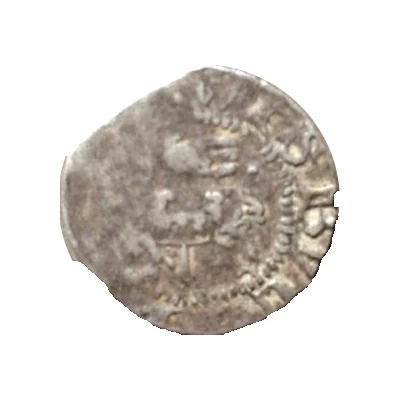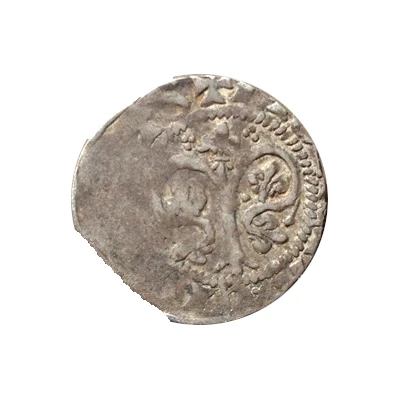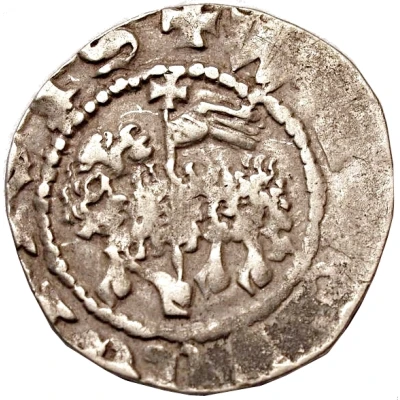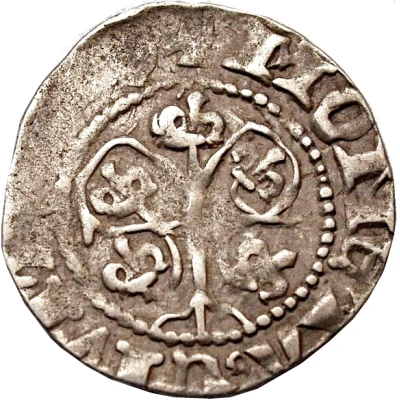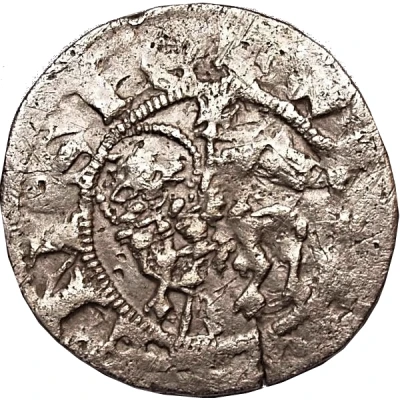
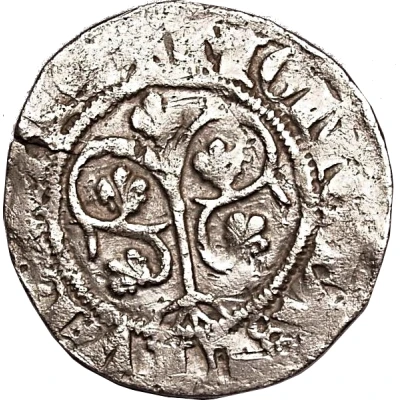

© Haljak Coin Auction
1 Örtug Visby; type 2 ND
| Silver (.500) | 1.42 g | - |
| Issuer | Gotland (Sweden) |
|---|---|
| Type | Standard circulation coin |
| Years | 1344-1348 |
| Value | 1 Örtug |
| Currency | Örtug (1280-1448) |
| Composition | Silver (.500) |
| Weight | 1.42 g |
| Shape | Round (irregular) |
| Technique | Hammered |
| Orientation | Variable alignment ↺ |
| Demonetized | Yes |
| Updated | 2024-10-07 |
| Numista | N#149579 |
|---|---|
| Rarity index | 97% |
Reverse
Tree with the top leaves pointing up, the bottom leaves pointing up and out, and ending in five roots, all surrounded by legend.
Script: Latin (uncial)
Lettering: MONETA · CIVITATIS
Lettering (regular font): MONETA · CIVITATIS
Translation: Coinage of the city-
Edge
Plain
Comment
Current picture is of HaljakGot 8b.Type II typology:
Type 5 - Twisted back leg, no mark between MONETA and CIVITATIS
Type 6a-f - Stepping leg, with smaller differences in punctuation between MONETA and CIVITATIS
Type 7 - X-legged, with smaller differences in punctuation between MONETA and CIVITATIS
Type 8 - Hanging legs, with smaller differences in punctuation between MONETA and CIVITATIS
Type 9 - With defect type
Type 10a/b - Striped type, with small unknown differences
Type 11 - Small leaf type
Type 12 - Tail-leg type
Determining which type of Gotlandic örtug a specific piece is can be difficult due to how subtle some differences are. For some help with identification, try using .
Interesting fact
One interesting fact about this coin is that it was used as a form of currency in the medieval period in Sweden, specifically in the city of Visby on the island of Gotland. The coin was made of silver and had a value of 1 Örtug, which was a unit of currency used in Sweden during that time. The coin's design features a crowned head on one side and a cross on the other, which was a common design for coins during the Middle Ages. Despite its small size and relatively low value, this coin is a valuable piece of history that provides insight into the economic and cultural practices of medieval Sweden.
